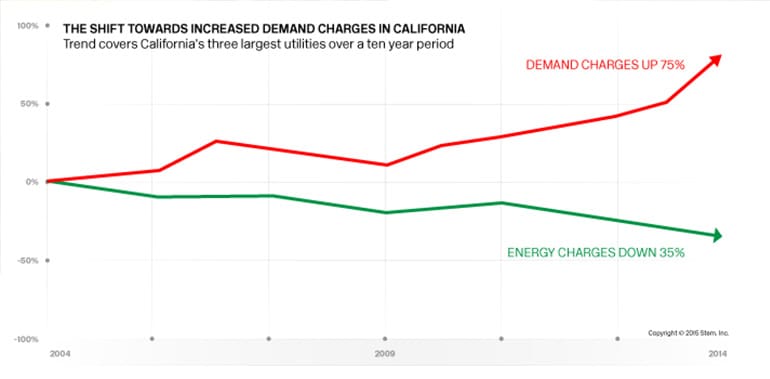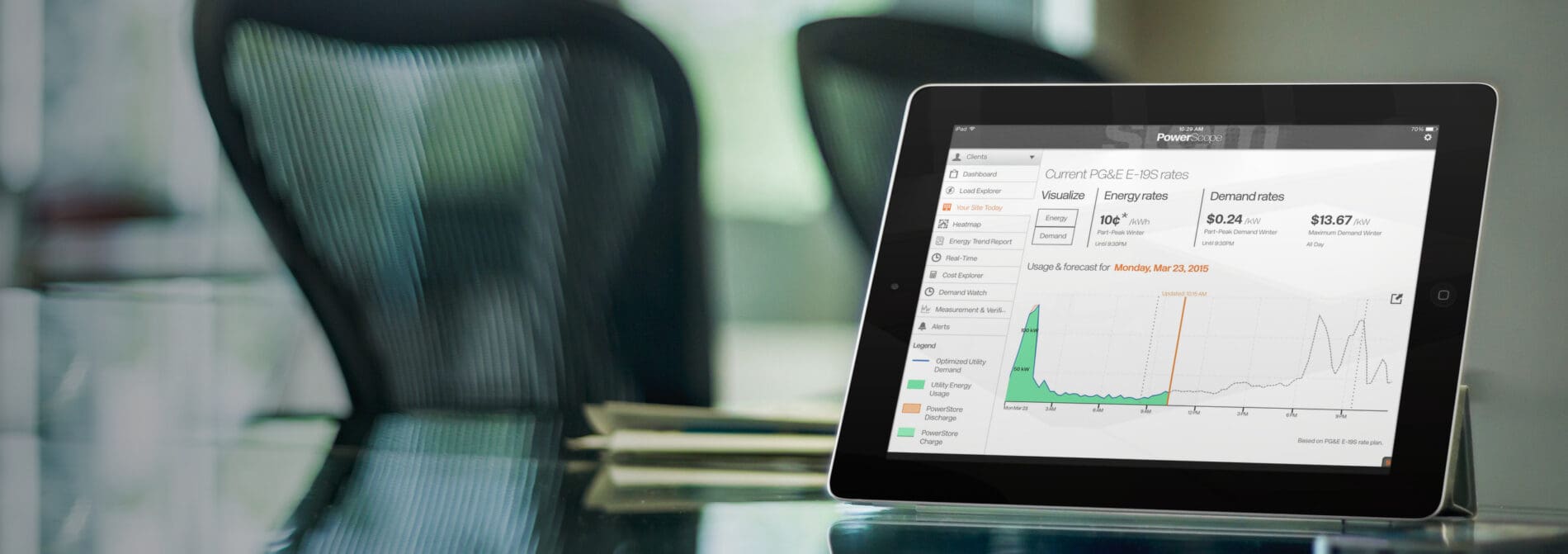How a $30 in-room hair dryer can cost more than $500 per year

When you think about guest conduct that ends up costing the hotel extra money, you probably envision leaving the AC on all day, frequently requesting fresh towels and toiletries, or even damaging property. You may be surprised to find that small appliances like hair dryers can rack up big charges on your electricity bill.
Sweat the small stuff
We Efforts to reduce hotel electricity costs are likely to focus on big-ticket projects like replacing HVAC equipment, installing LED lights, or launching a linen reuse program. Although these initiatives successfully reduce overall energy usage, they may not address the smaller items that can affect costs in a big way. This unexpected phenomenon can occur thanks to a little known part of commercial electricity bills called demand charges.
Checking demand charges
Most hotel managers are familiar with the energy charges on their electricity bill, which are based on the total amount of electricity consumed. Demand charges, on the other hand, are based on the 15-minute period of maximum energy use each month. Although lesser known, demand charges often make up more than 50 percent of commercial electricity bills.

The $500 hair dryer
To better understand the importance of energy vs. demand charges, let’s consider the potential cost impact of one guest’s decision to blow dry their hair.
A standard in-room, wall-mounted hair dryer typically has a power draw of about 1.6 kW. This means that if a guest turns on their hair dryer for 15 minutes, they will consume 0.4 kilowatt-hours (kWh) of electricity. Assuming a daytime energy rate of $0.12/kWh, which is common at hotels in CA, the dryer would incur an energy cost of about 5 cents. A cost of a few pennies is probably in line with expectations, but the energy charge is only part of the total cost picture. The rest depends on when the hair dryer turns on and what else is happening at the hotel during that time.
If a guest happens to dry their hair during one of the hotel’s peak usage periods – when AC is blasting, elevators are running, and laundry is churning – the cost can jump from 5 cents to more than $50. This 1,000% cost increase is due to demand charges. The hair dryer’s power draw of 1.6 kW directly increases the peak electricity demand of the hotel for that month, which is often billed at a rate at or above $30/kW per month.
Now, let’s say it’s 7:00 AM and 40 people in the hotel are using a hair dryer during a monthly peak. In only 15 minutes, the hotel would have spent almost $2,000 for hair drier usage alone.
To make matters worse, demand rates are going up. In the last decade, they have increased by an average of 75 percent. Bottom line: Those hair dryers you were not paying attention to may be costing a lot more than expected, and are not getting any cheaper.
So what’s the solution? Remove all the hair dryers from your hotel? Charge for hair dryer use at check-out?
Fortunately, there are more practical ways to tackle demand charges. Advanced technologies are now available that allow hotels to control demand charges by combining energy intelligence software and energy storage to automate savings.

Companies like InterContinental Hotels Group and Extended Stay America have implemented energy storage solutions to save money by automatically trimming energy peaks and receiving valuable alerts to shift energy use away from moments when costs are highest. Such systems may also be to help you estimate electricity bills before they arrive and visualize how and when you use energy in order to identify hidden waste. And the best part? Your guests can dry their hair whenever they want, without you worrying about how much it might be costing you.
As the leading provider of advanced energy storage to hotels, Stem lowers monthly energy bills with no change to business operations, or guest experience. Stem does more than just store and deploy – it learns your hotel’s patterns to maximize savings and deliver real-time, actionable insights. Getting started is easy, with simple activation and no upfront costs.
Reduce demand charges with no upfront costs.
See if you qualify for Stem today.
Stem proudly works with leading names in hospitality, including:
